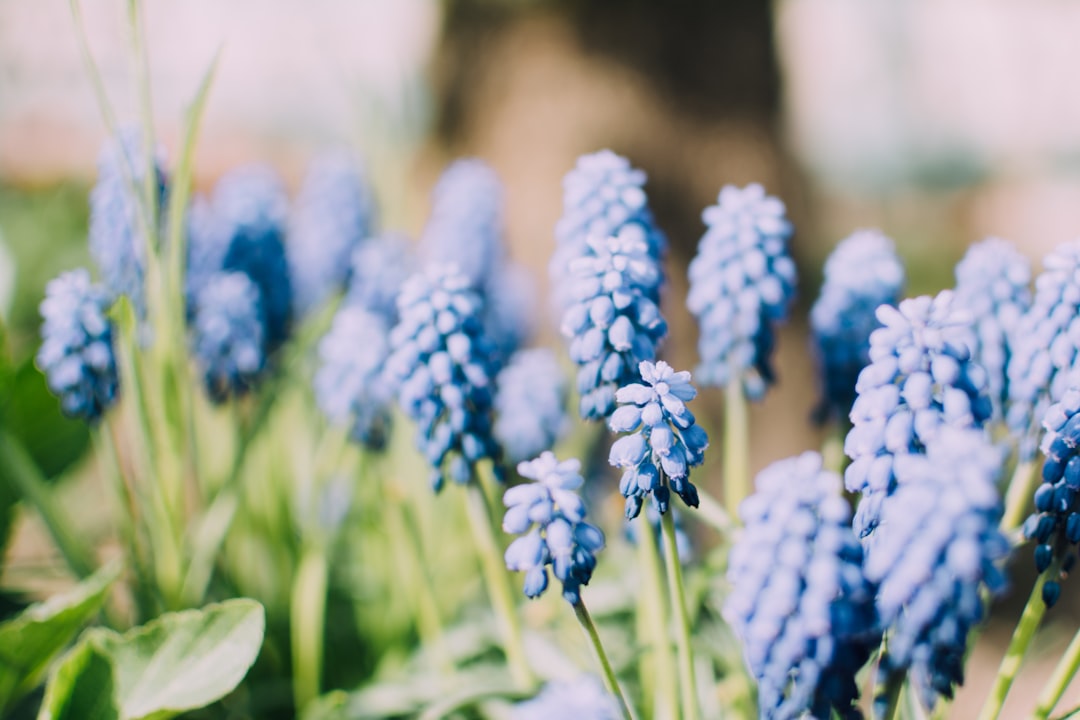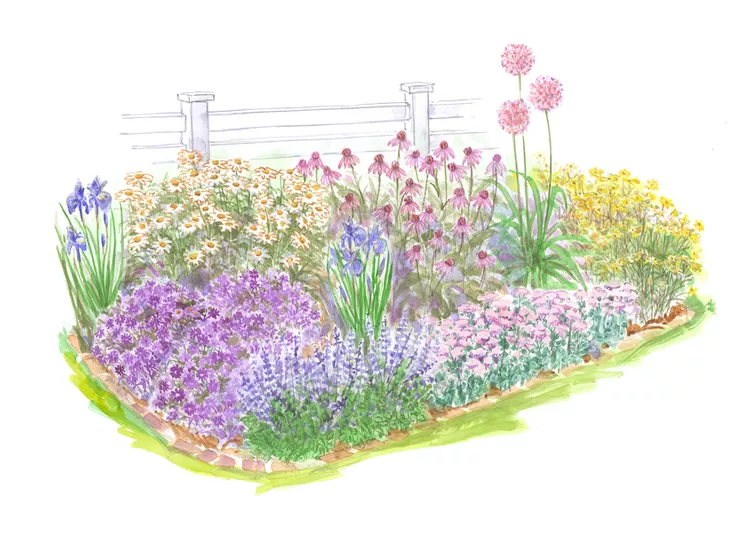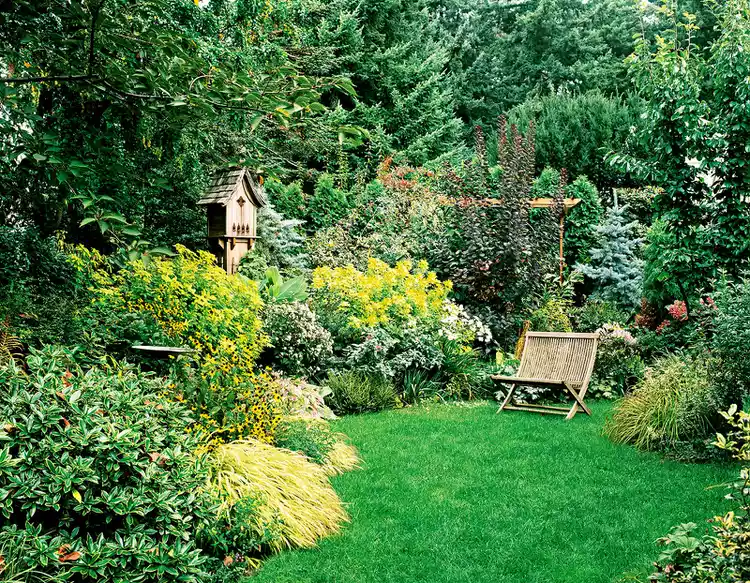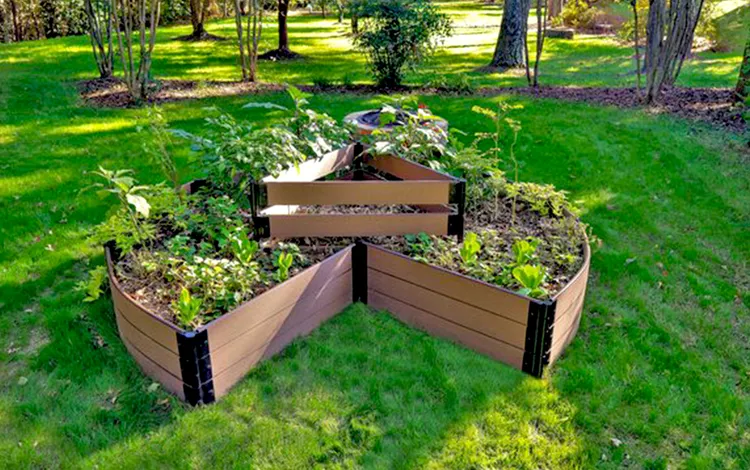Are you someone who dreams of having a lush indoor garden but lacks a green thumb? Fear not! There are numerous low - maintenance indoor plants that are incredibly forgiving, making them perfect for beginners or those with busy lifestyles. In this article, we'll explore some of these resilient houseplants and learn how to care for them.
One of the most popular low - maintenance houseplants is the Snake Plant (Sansevieria trifasciata). This plant is a true survivor. It can tolerate a wide range of light conditions, from low indirect light to bright, filtered sunlight. Snake plants are also very drought - tolerant. You can water them once every few weeks, and they'll still thrive. Their long, upright leaves add a touch of elegance to any room. They are also known for their air - purifying properties, removing toxins such as formaldehyde and benzene from the air.
Another great option is the ZZ Plant (Zamioculcas zamiifolia). The ZZ Plant is extremely hardy and can survive in low - light environments. It has thick, waxy leaves that store water, allowing it to go for long periods without being watered. Overwatering is one of the few things that can harm a ZZ Plant, so it's best to let the soil dry out completely between waterings. This plant is a great choice for offices or rooms with limited natural light.
The Pothos (Epipremnum aureum) is a versatile and easy - to - care - for plant. It has heart - shaped leaves that come in various shades of green and yellow. Pothos can grow in a variety of light conditions, although it prefers bright, indirect light. It can be grown in a hanging basket, where its vines will cascade down, or trained to climb a trellis. Pothos is also a fast - growing plant, which means you'll see results quickly. Water it when the top inch of soil feels dry.
Spider Plants (Chlorophytum comosum) are another excellent choice for low - maintenance gardening. They are known for their long, arching leaves with white stripes. Spider plants are very adaptable and can tolerate a range of light and temperature conditions. They produce small plantlets on long stems, which can be easily propagated to create new plants. Spider plants are also great air purifiers, making them a healthy addition to your home.
When choosing a low - maintenance houseplant, it's important to consider the environment in which it will be placed. If you have a room with low light, opt for plants like the Snake Plant, ZZ Plant, or Pothos. If you have a bright, sunny room, you can choose from a wider variety of plants. Also, make sure to choose a pot with good drainage to prevent waterlogging, which can lead to root rot.
Proper watering is crucial for the health of your houseplants. As a general rule, it's better to underwater than overwater. Most low - maintenance plants can tolerate periods of drought, but they can't handle sitting in soggy soil. You can use your finger to check the moisture level of the soil. If the top inch or two of soil is dry, it's time to water.
Fertilizing your houseplants is also important, but it doesn't have to be complicated. You can use a balanced, water - soluble fertilizer once a month during the growing season (spring and summer). In the fall and winter, you can reduce the frequency of fertilizing or stop altogether, as most plants go into a dormant phase.
In conclusion, having a beautiful indoor garden doesn't have to be a challenge. By choosing low - maintenance houseplants like the Snake Plant, ZZ Plant, Pothos, and Spider Plant, and following some basic care guidelines, you can enjoy the benefits of greenery in your home without spending a lot of time and effort. So, go ahead and bring some of these forgiving plants into your space and watch them thrive!




















